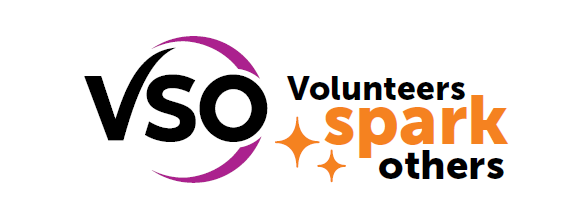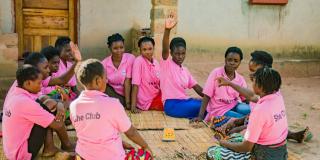
Since 2022 we've reached almost 200,000 people through our health projects.*
Our health programmes work with individuals and families, health workers, communities, youth networks and governments to improve health services and rights for some of the most marginalised and disadvantaged members of society, such as women, babies, youth, people with disabilities, and prisoners. We apply the volunteering for development methodology using social accountability, resilience, social inclusion and gender mainstreaming to achieve outcomes from health systems and communities.
Our work supporting health
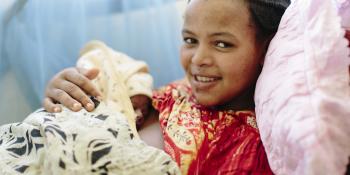
Maternal and newborn health
Improving access to quality healthcare for mothers and babies.
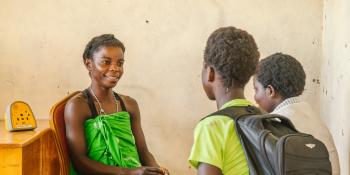
Inclusive sexual and reproductive health and rights
Supporting the most vulnerable people to realise their sexual and reproductive health and rights.
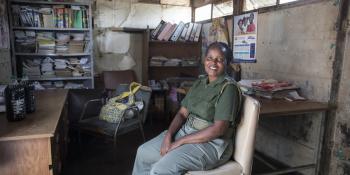
Prison health
Improving the health and wellbeing of marginalised and neglected prison populations.

Regional Health Promotion Conference
The Regional Health Promotion Conference (RHPC), hosted by VSO and the Ministry of Health, Kenya, took place on the 18 and 19 March 2025.
This transformative event was been designed to reimagine Universal Health Coverage (UHC) through the lens of intersectionality. While UHC aspires to ensure health access for all, significant barriers persist for marginalised groups, including women, children, persons with disabilities, and indigenous communities.
Our impact in health 2022/23
This year we reached almost 90,000 people through our health projects. As part of this achievement, 75,000 young people (aged 10-24) improved their knowledge and attitude in Sexual Reproductive Health and Rights.
The health challenges being faced by the world’s youth
In the wake of the global pandemic of COVID-19, health systems all around the work have been brought to breaking point, and weaknesses have been revealed threatening to undo decades of progress in maternal, child and adolescent health.
In many countries where VSO is working, marginalised groups are being left behind: people with disabilities, HIV, prison populations, adolescents and young people still struggle to achieve their right to accessible health services, to protection from sexual and gender-based violence, and to protect themselves from unwanted pregnancies.
There is continued stigma and persecution of people with diverse sexual and gender identities, ethnic minorities and mental health or neurological diversities, and these intersectional inequalities need to be addressed to achieve universal health care.
We work with whole communities and the family structures of adolescents and youths, to come together to address harmful community practices and social norms. This strengthens adolescents'’ ability to assert their own agency in addressing issues that act as barriers, and empower them to demand and exercise their health rights.
It’s time to put adolescents and youth front and centre in our efforts for global health equality.
Key issues
Child marriage
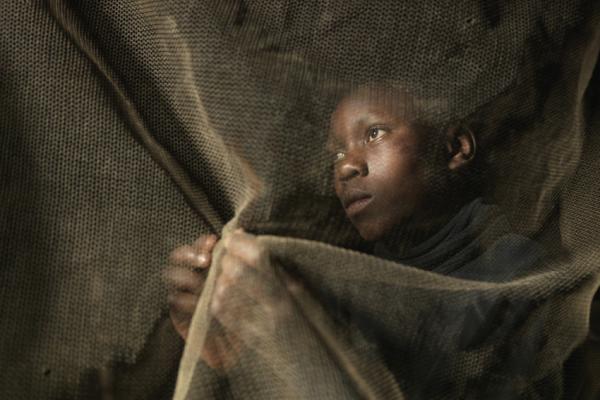
Around the world, 12 million girls are married before the age of 18 every year. Child marriage is a practice deeply rooted in gender inequality, and exacerbated by poverty, political insecurity and harmful social norms.
Child marriage leads to girls failing to achieve their education goals and falling pregnant before they are physically and emotionally mature enough to become mothers, and carries serious health risks. Girls married before 18 years are also more likely to experience gender-based violence (GBV).
In some contexts, child marriage is also closely linked to female genital mutilation/cutting (FGM/C), which is a human rights violation and is damaging to girls’ physical and mental health. 90% of teenage pregnancies happen in the context of child marriage. Reducing child marriage will help to improve the health of millions of girls and women, and their children.
Disability, exclusion and discrimination
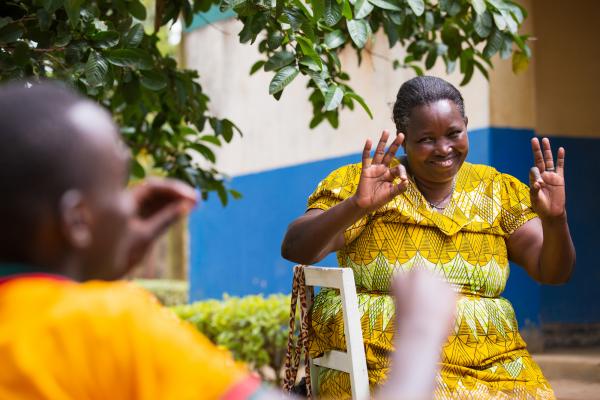
Young people with disabilities (YPWD) often face stereotypes regarding their sexuality such as being infantilised and assumed not to be sexually active, and harmful social norms and beliefs about their capability for marriage and parenthood. Their sexual and reproductive health and rights (SRHR) continue to not be recognised or prioritised by health systems. Hence, YPWD often face additional barriers to care, services, education and information about SRHR, gender-based violence and other violence and abuse. Where access to health in general is restricted, sexual and reproductive health is almost negligible.
- SRHR services are often inaccessible to persons with disabilities for various reasons such as :
- Lack of physical access due to transport or within the clinics due to lack of ramps, adapted examination tables etc
- Lack of information and communication materials (e.g. lack of materials in Braille, large print, simple language, audio, pictures; lack of sign language interpreters);
- Health-care providers’ negative attitudes and beliefs
- Health-care providers’ lack of knowledge and skills
- Lack of funding, including access to health insurance and social protection
Sexual and gender-based violence (SGBV)
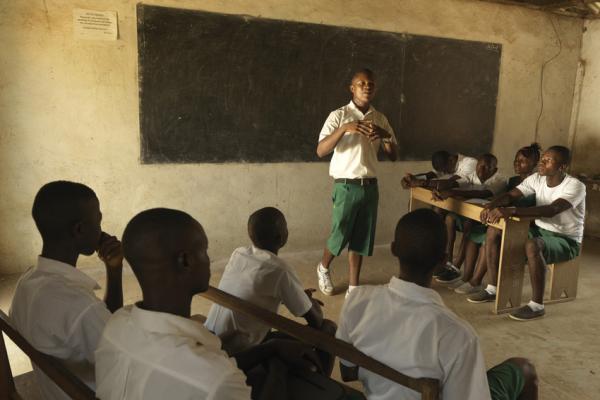
Violence against women and girls remains widespread and starts alarmingly young. Adolescents and youth are highly impacted by SGBV in their communities: their young age, inexperience and lack of life skills or self-confidence increases their risk of physical, sexual and intimate partner violence or coercion. Suffering SGBV during adolescence can lead to long-lasting mental and physical health outcomes, and can set young women on a trajectory for subsequent abuse.
- Across their lifetime, 1 in 3 women and girls, around 736 million, are subjected to SGBV – a number that has remained largely unchanged over the past decade.
- 1 in 4 young women (aged 15-24 years) who have been in a relationship will have already experienced violence by an intimate partner by the time they reach their mid-twenties.
- SGBV is not an exclusively female problem, as many at one in five men and boys also experience abuse, in particular in humanitarian settings, and institutions such as prisons.
- Young people with physical and intellectual disabilities are more likely to be the victims of SGBV than others.
Adolescent wellbeing and mental health
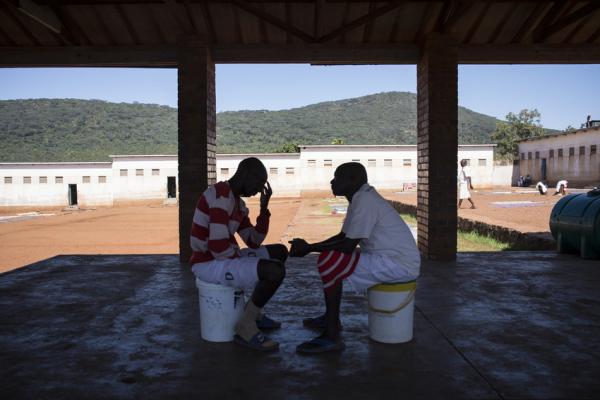
Adolescence is a critical period for social and emotional development, the adoption of health behaviours, and the emergence of gender identity and sexuality. During this time adolescence can be exposed to risk factors for poor mental health, such as stigma, exclusion, poverty and conflict, violence (especially sexual violence and bullying), and exposure to risk behaviours like alcohol and substance abuse.
- Globally, one in seven 10-19-year-olds experience mental health issues
- Depression, anxiety and behavioural disorders are among the leading causes of illness and disability among adolescents.
- Suicide is the fourth leading cause of death among 15-19 year-olds.
- The consequences of failing to address adolescent mental health conditions extend to adulthood, impairing both physical and mental health and limiting opportunities to achieve their potential as adults.
- Protecting adolescents from adversity, promoting socio-emotional learning and psychological resilience, and ensuring access to mental health care are critical for their health and well-being and realising their sexual and reproductive health rights.
Teenage pregnancy
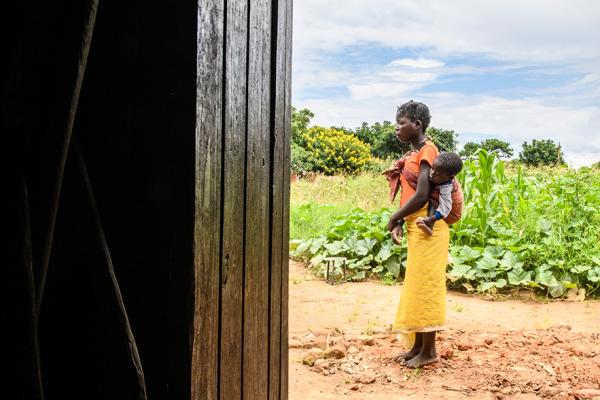
Adolescents face multiple barriers to accessing contraception, such as restrictive, health worker attitudes, lack of knowledge, transport, and financial constraints. Additionally, adolescents may lack the agency or autonomy to ensure correct and consistent use of contraception. At least 10 million unintended pregnancies occur each year among adolescent girls aged 15-19 years in developing regions. Sexual coercion and violence is a major contributor also, with up to 30% of girls in some countries reporting that their first sexual encounter was coerced.
- Approximately 12 million girls aged 15–19 years and at least 777,000 girls under 15 years give birth each year in LMICs.
- At least 10 million unintended pregnancies occur each year among adolescent girls aged 15–19 years
- Complications during pregnancy and childbirth are the leading cause of death for 15–19-year-old girls globally.
- Of the estimated 5.6 million abortions that occur each year among adolescent girls aged 15–19 years, 3.9 million (69%) are unsafe, contributing to maternal mortality, morbidity and lasting health problems
- Adolescent mothers face higher risks of complications in childbirth and babies of adolescent mothers face higher risks of low birth weight, preterm delivery and serious newborn conditions.
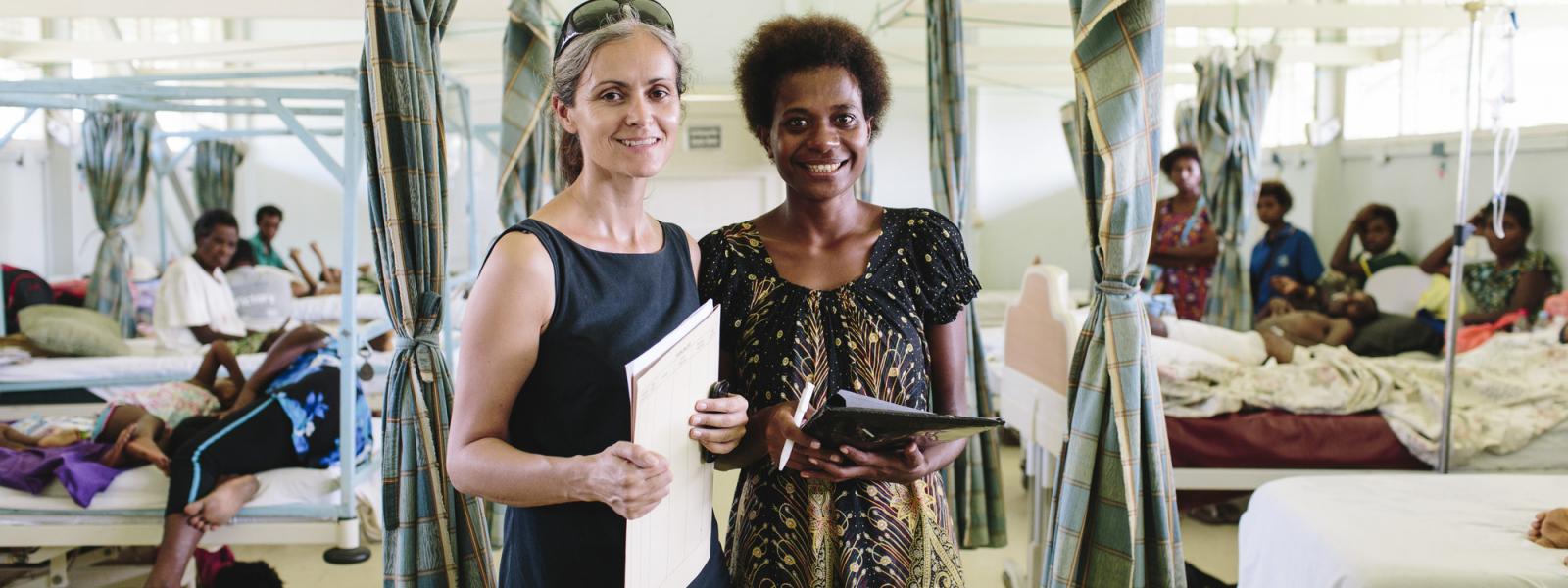
Volunteering for development
Through our unique volunteering for development (VfD) approach, we engage with thousands of volunteers at international, national and local levels, empowering a new generation of leaders with active citizenship and the chance to develop new skills and a heart of activism for health. We are also working alongside local organisations and national youth networks to build their capacity to support and sustain programmes after the end of the project.
Through our volunteers, we’re working to ensure all adolescents and youth are heard and achieve their right to quality health and wellbeing by:
- Protecting sexual and reproductive health and rights for women, adolescents, and youth
- Addressing gender discrimination and social norms, preventing young people from accessing their health rights
- Addressing stigma, discrimination and harmful practices, such as sexual and gender-based violence, child marriage and female genital mutilation (FGM)
- Monitoring local health services quality and accessibility
- Demanding greater investment in public services, including social protection.
- Facilitating group and individual comprehensive sexuality education
Our projects
Find out more about our current and former projects helping to create healthy communities.
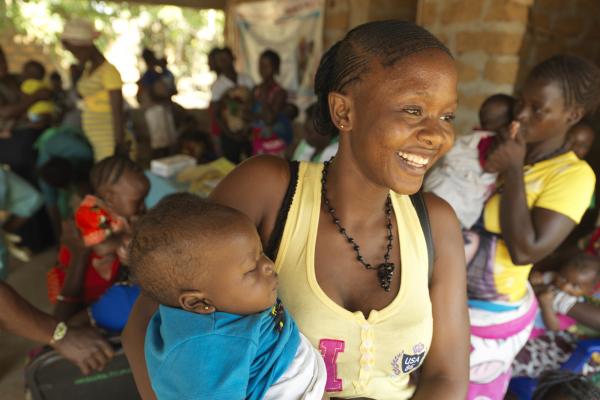
Our strategy
Paving the way in youth health and wellbeing
In our global health strategy, we’re focusing on the well-being, reproductive rights, and quality of health of adolescents and youth, targeting the most excluded and marginalised youth aged 10 to 24 years. Such groups include young women, adolescents, LGBTQI+ people, refugees, teenage parents, prison populations, ethnic minorities, those living in hard-to-reach areas and those living with disabilities.
Our approach recognises that during the different stages of human development, people have different health needs. We aim to integrate care throughout the adolescent's lifecycle by focusing on people while they are young.
We view youth's reproductive health holistically, as something that will benefit themselves and their families for years to come.
Find out more in our 2021-24 Global Health Strategy (PDF, 434KB)
Papa DioufVSO’s global health strategy seeks to drive change for adolescents and youth, including those most excluded from their health rights: those from marginalised groups, fragile contexts, LGBTQIA+, people with disabilities, refugees and prison populations.
Global Practice Area Lead for Health
Our flagship twinning partnership
We’re delighted to share with you key learning and evidence from our pilot twinning partnership project between Nyagatare District Hospital, Rwanda and NHS Lewisham and Greenwich, UK.
This twinning partnership, funded by the FCDO, has facilitated clinicians to share and learn from each-other and has produced a range of benefits for both hospitals and communities, from improved laboratory technology in Nyagatare to greater community outreach in both hospitals.
*Numbers represent impact achieved in the first two years of VSO’s current strategic plan.
Latest news
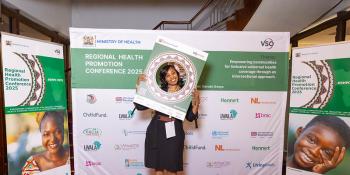
In photos: Our Regional Health Promotion Conference 2025
Check out some of our favourite photos from Regional Health Promotion Conference (RHPC25). This event sought to reimagine Universal Health Coverage through the lens of intersectionality.
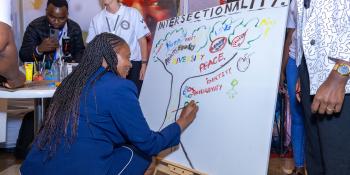
Using intersectionality to create healthy beginnings and hopeful futures
World Health Day brings global attention to the urgent need to end preventable maternal and newborn deaths. Learn more about how our Regional Health Promotion Conference is tackling these issues head on.
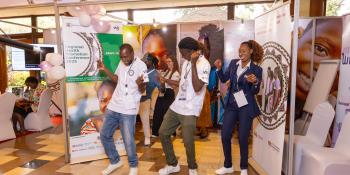
Highlights from the Regional Health Promotion Conference 2025
The Regional Health Promotion Conference 2025 reimagined Universal Health Coverage (UHC) through the lens of intersectionality, by bringing together experts from across East Africa and beyond.
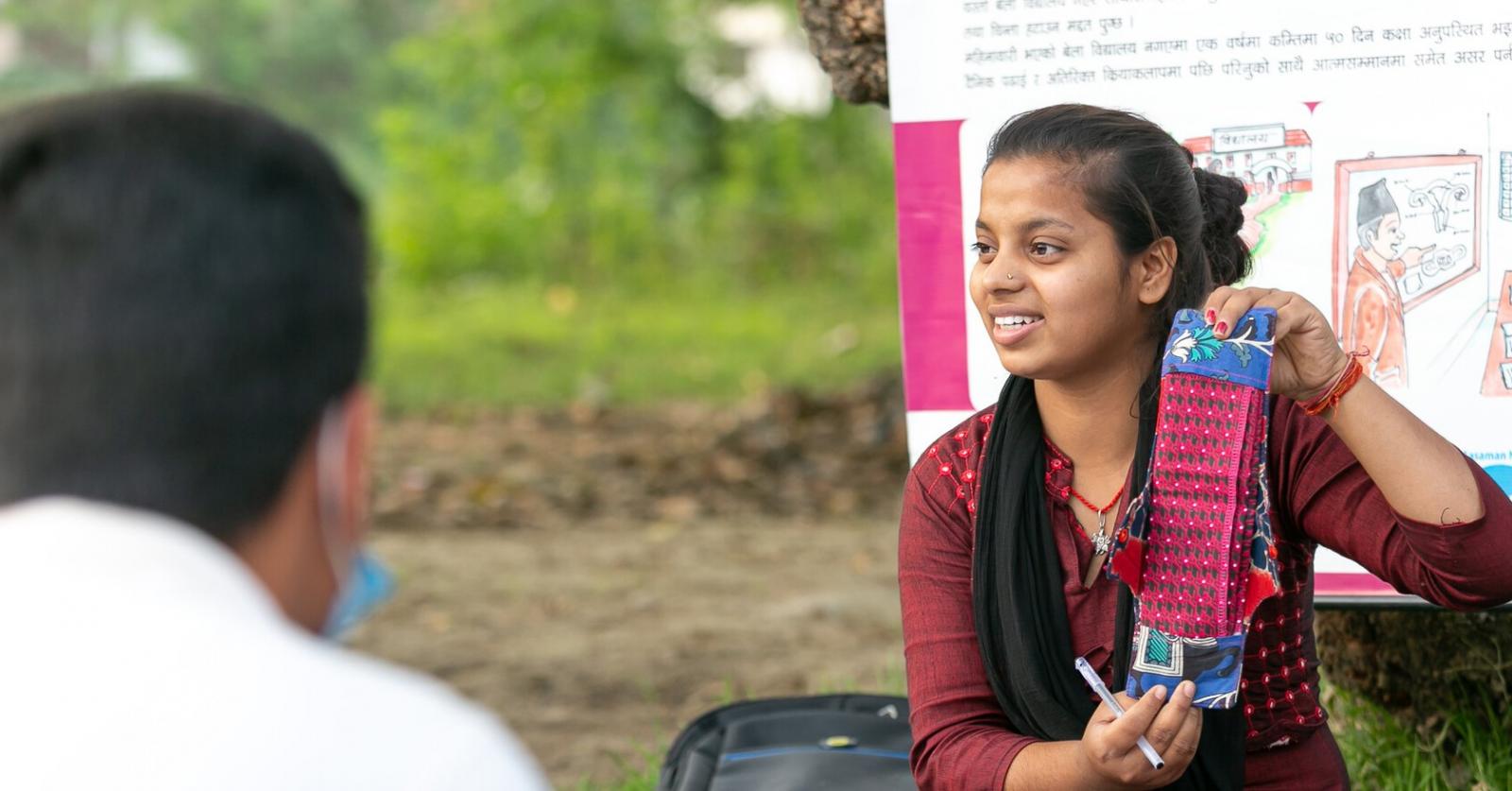
Support us with a donation
